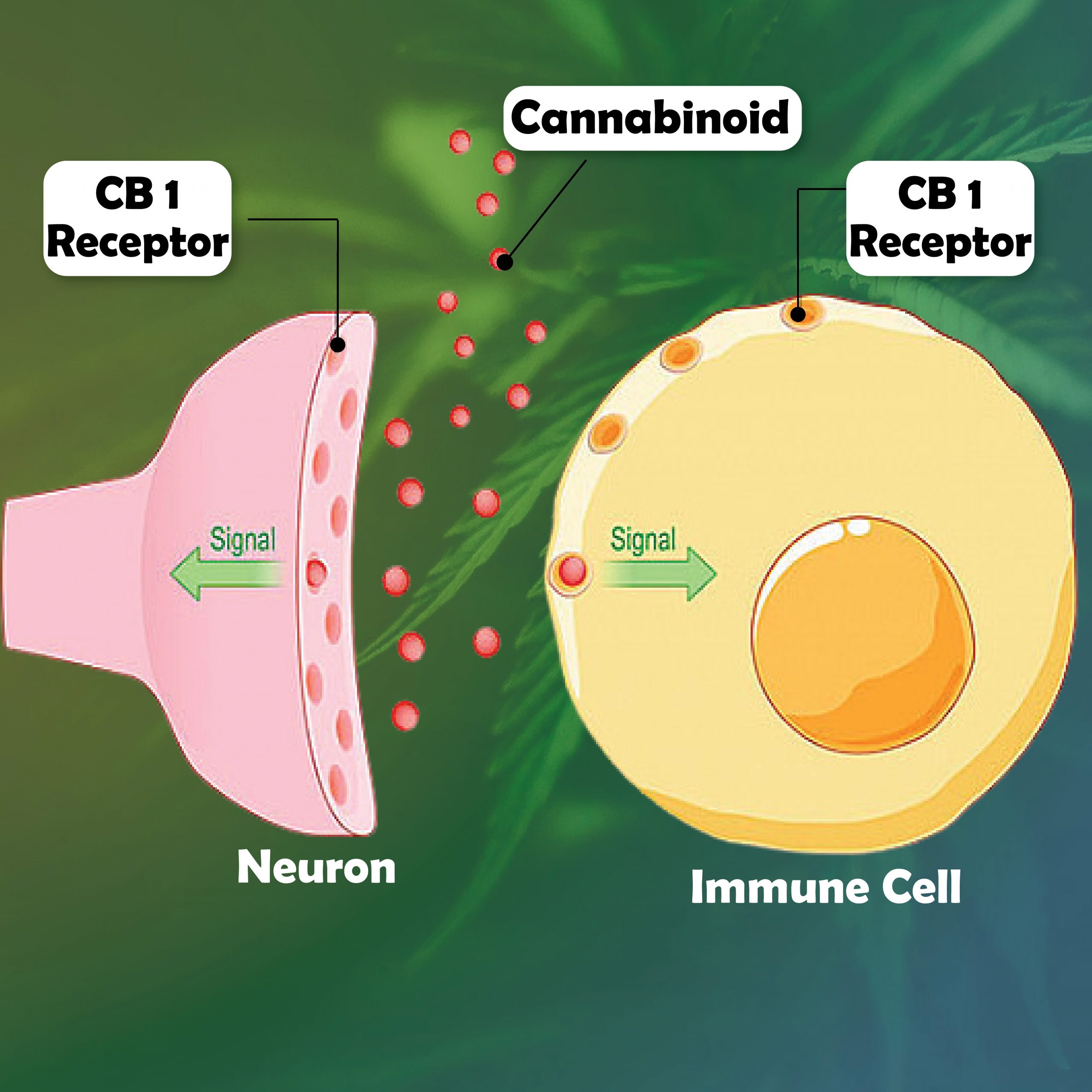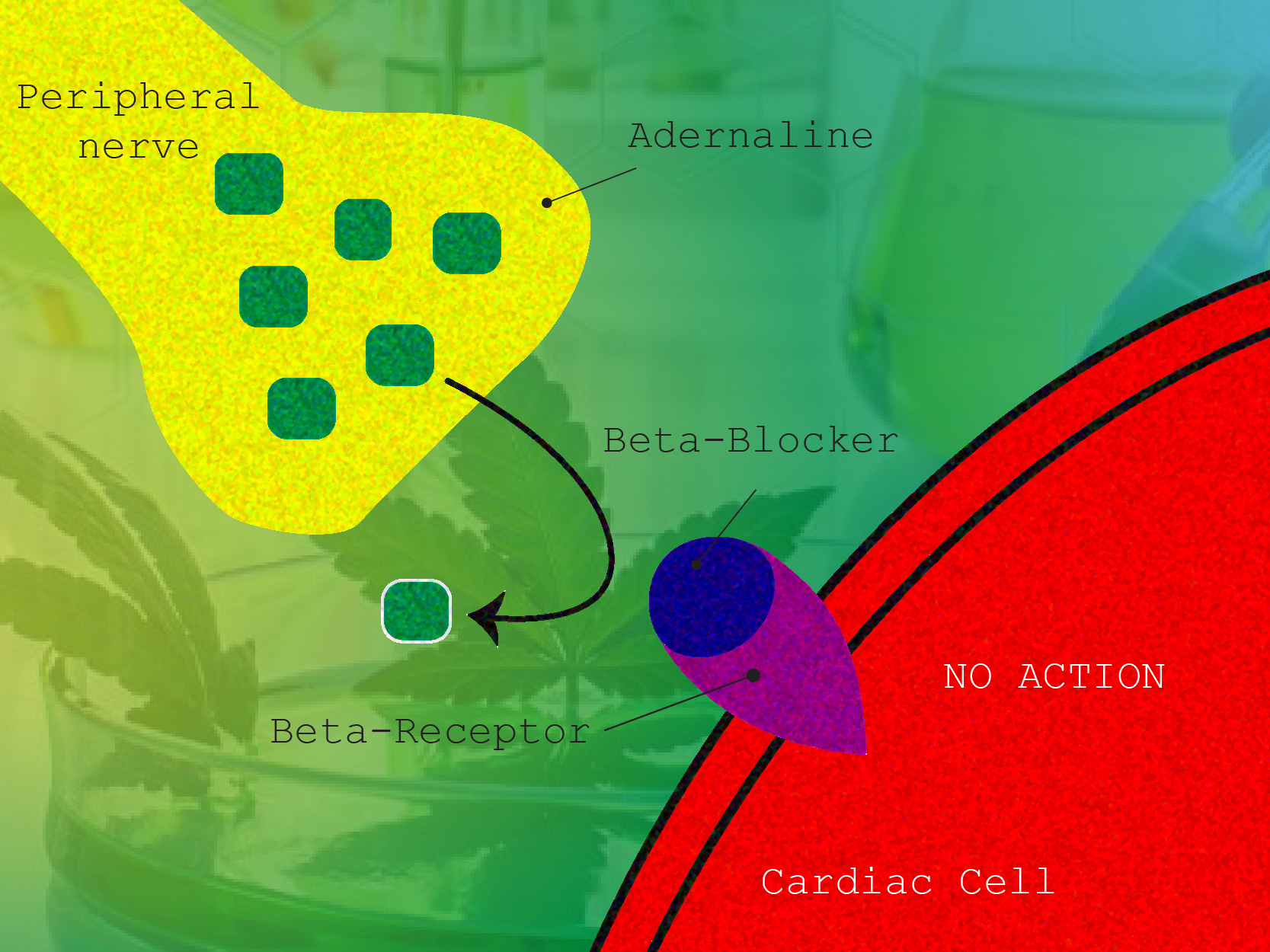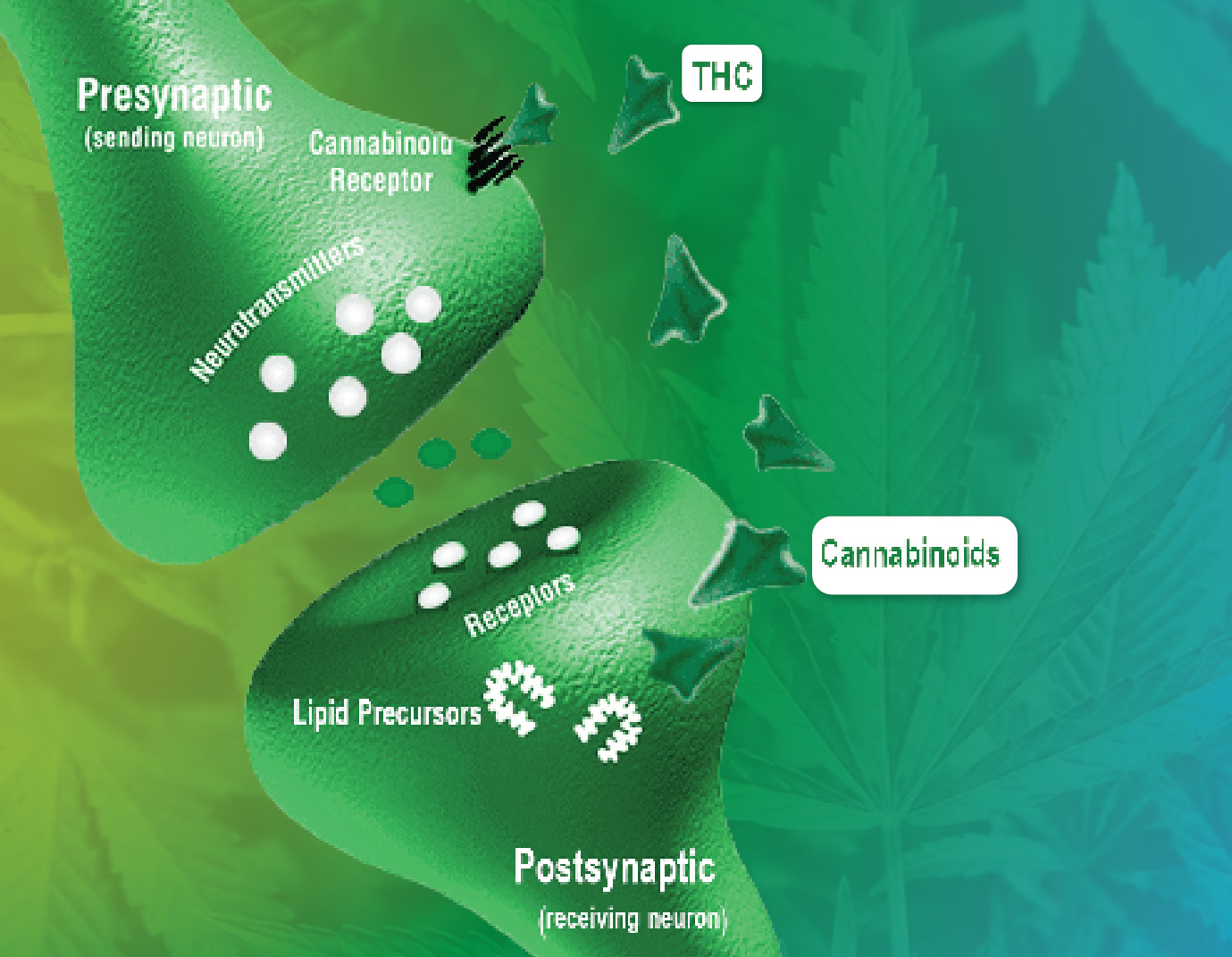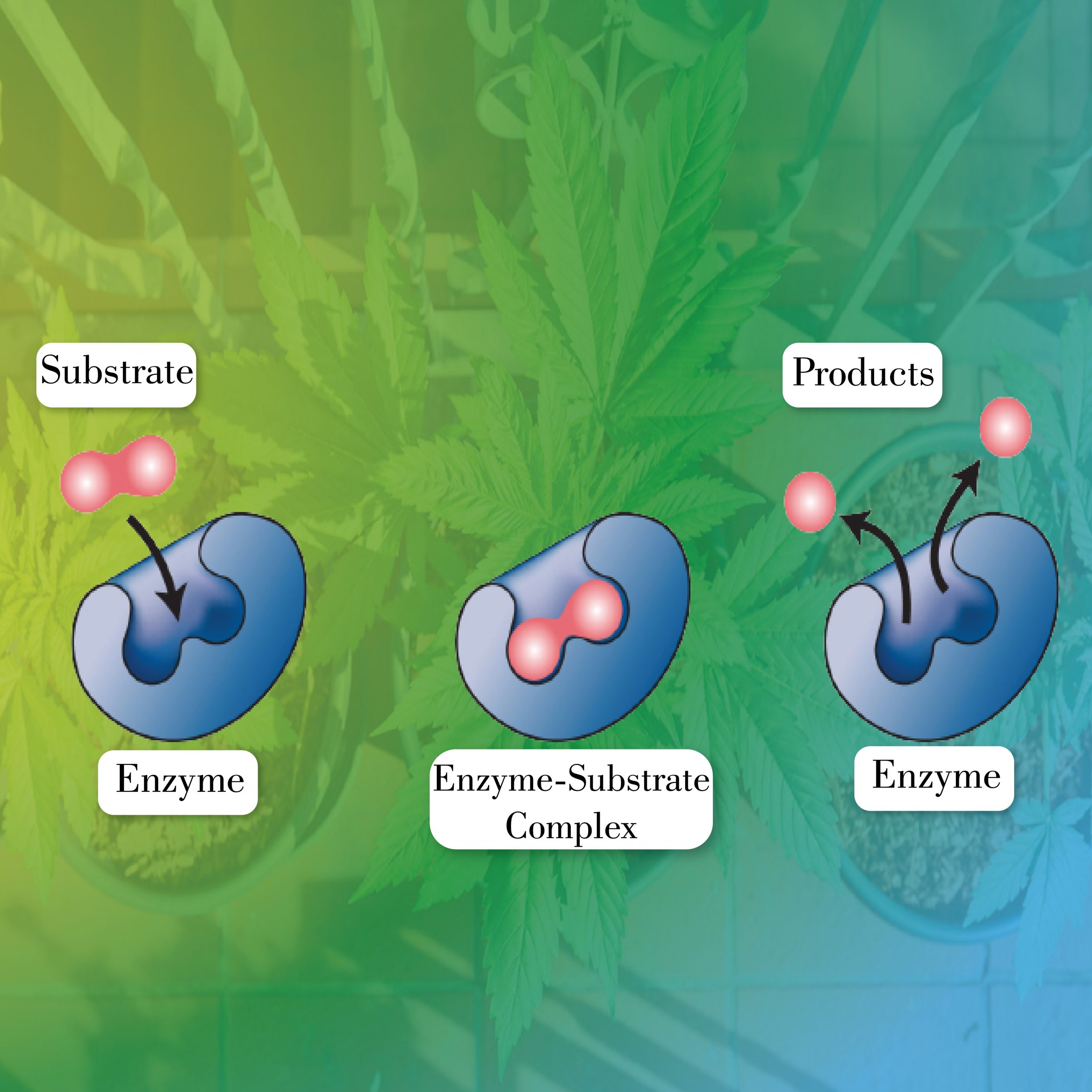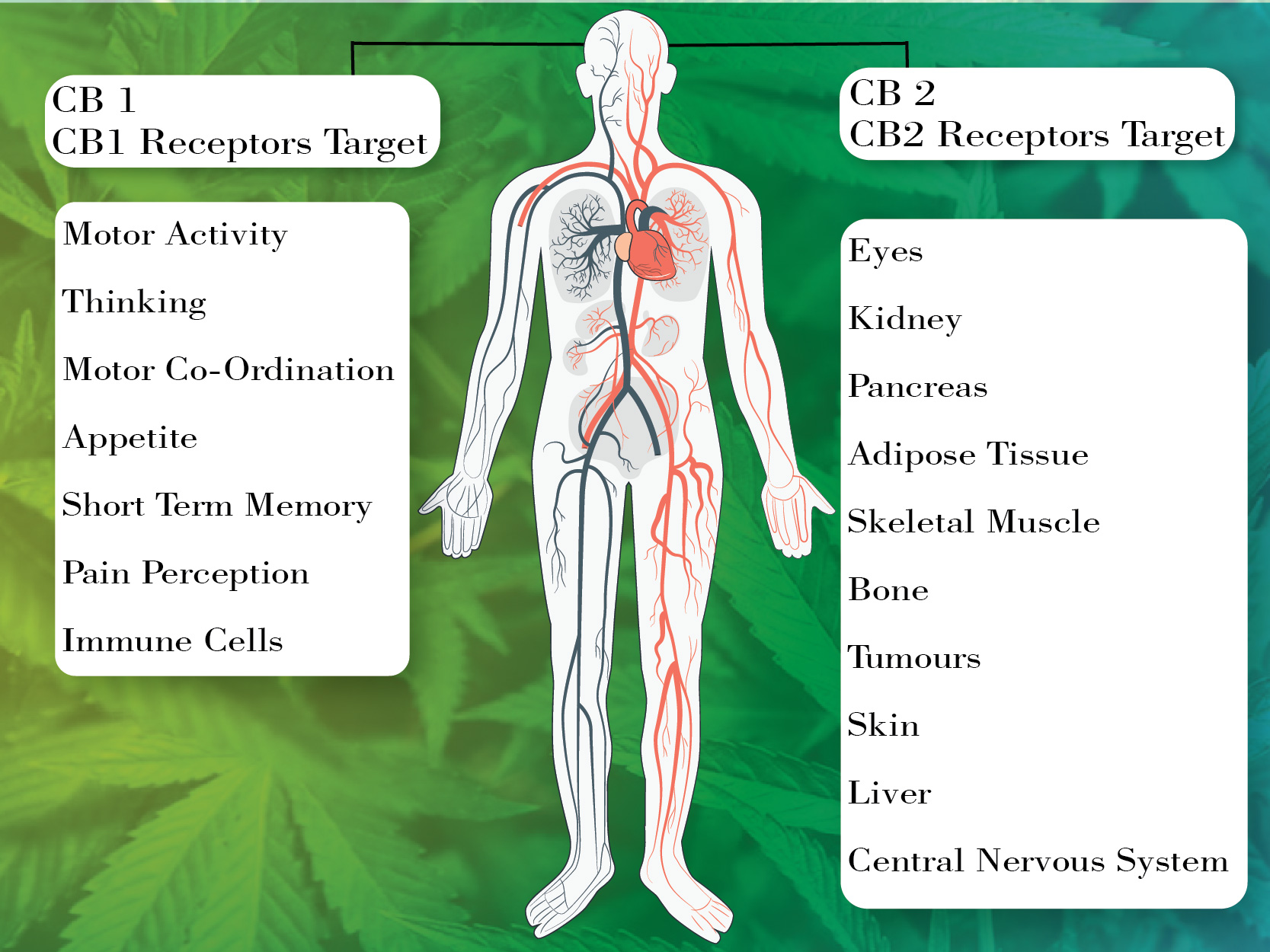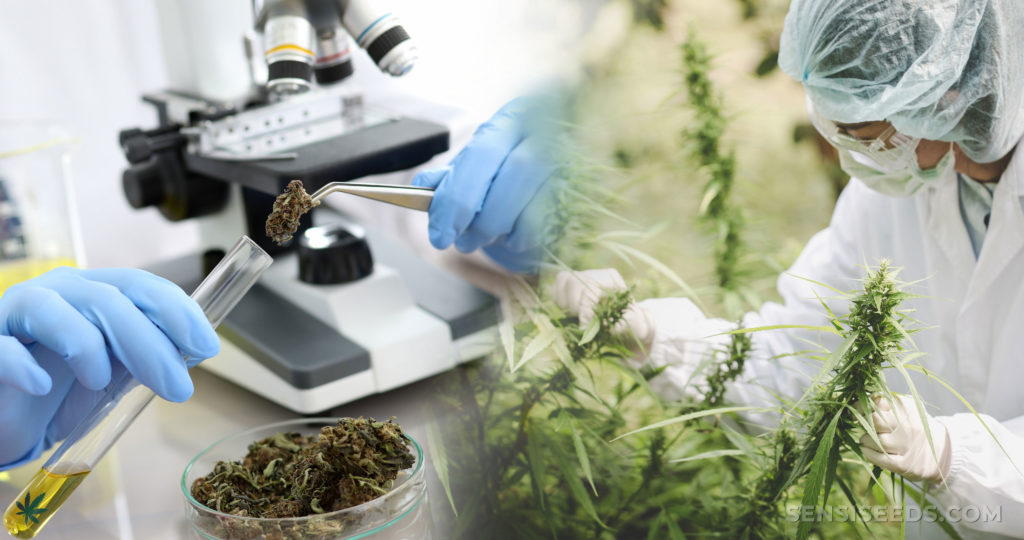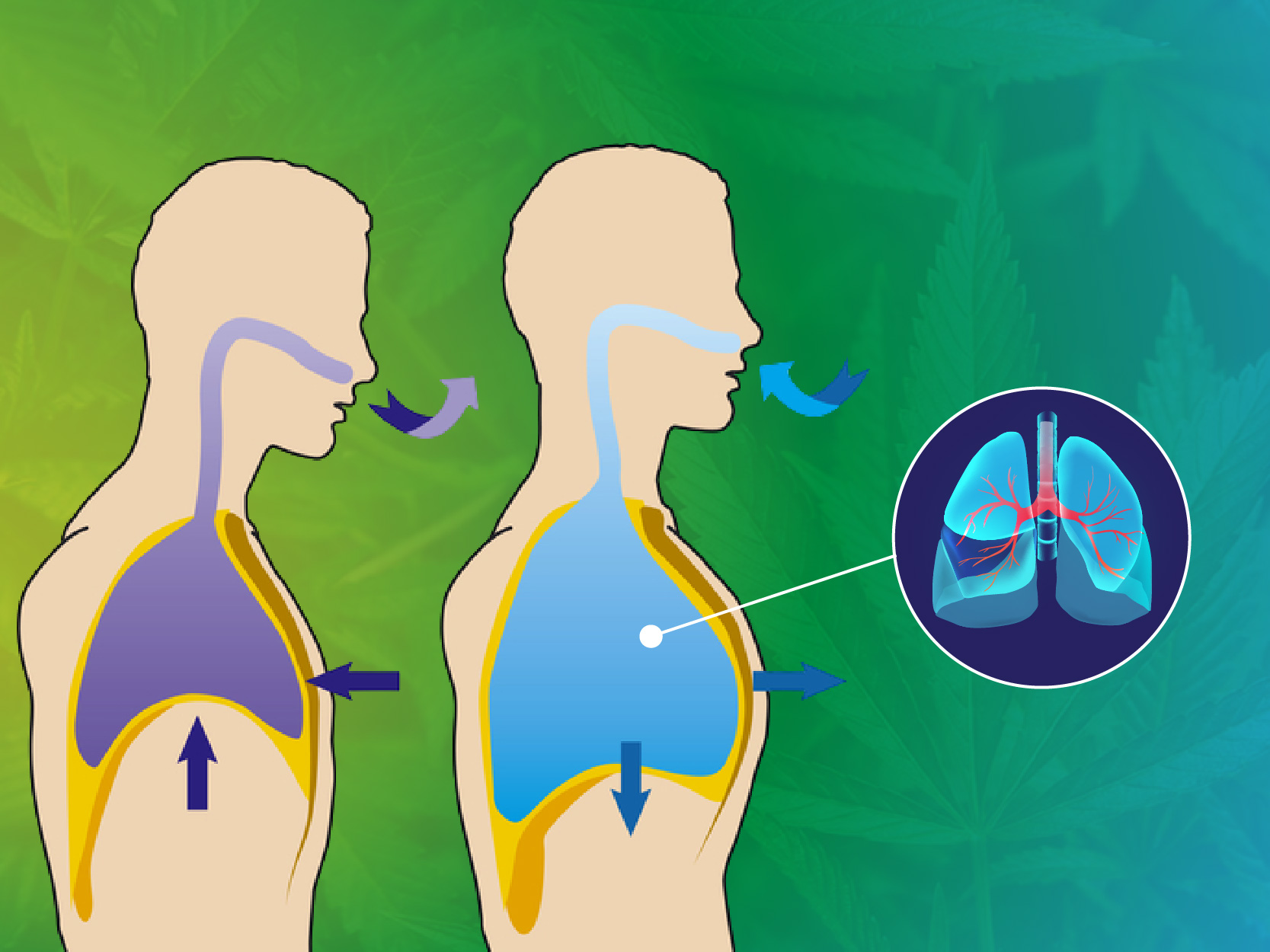

History Of Plants In Medicine
Plants since have long been an integral part of medicine, dating back to prehistoric times. The use of herbs, roots, and even non-woody parts of plants required extensive research and years of trials and errors.
Ancient unani manuscripts, Egyptian and Chinese, described the use of plants for medicinal purposes in extensive detail. Moreover, enough evidence suggests using plants in medical treatments in areas like the Mediterranean, Rome, Egypt, Africa, and many more. These plants were also an integral part of spiritual healing rituals.
Recently WHO suggested that around 80 percent of people worldwide rely on plant-based or herbal medicine as some primary care treatment. According to WHO, almost twenty-one thousand plants have some benefit of being used for medicinal purposes.







